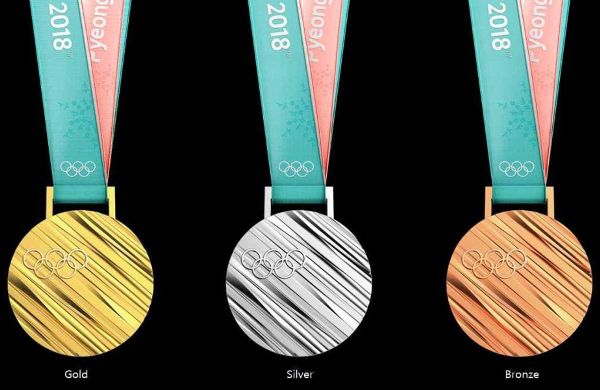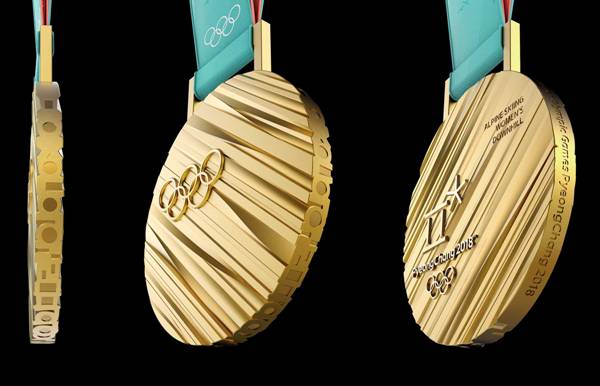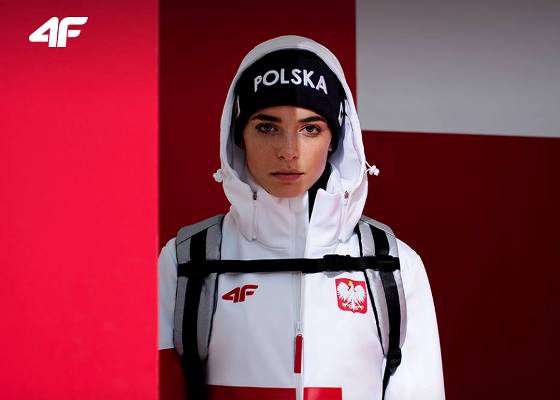
The 2,952 athletes competing at the 2018 Winter Games in Pyeongchang aren’t getting paid to be there. But, if they perform well, they can bring home some cash. Many countries reward medalists with bonus money. U.S. Olympians, for example, will earn $37,500 for each gold medal they win this year, $22,500 for each silver and $15,000 for each bronze. In team sports, each team member splits the pot evenly.
Other countries, but not all, offer a «medal bonus». In Singapore, gold medalists take home $1 million. Silver medalists earn a cool $500,000 and bronze medalists get $250,000. In the 2018 Games, there’s just one athlete from Singapore who could capitalize on the big bonus.

Photo: © PyeongChang 2018
Prize money for Olympic medalists 2018:
Singapore ⇒ $1.000.000 – gold, $500.000 – silver, $250.000 – bronze.
Kazakhstan ⇒ $215.000 – gold, $125.000 – silver, $62.500 – bronze.
Belarus ⇒ $150.000 – gold, $75.000 – silver, $50.000 – bronze.
Ukraine ⇒ $125.000 – gold, $80.000 – silver, $55.000 – bronze.
Russia ⇒ $69.000 – gold, $43.000 – silver, $29.000 – bronze.
USA ⇒ $37.500 – gold, $22.500 – silver, $15.000 – bronze.
Germany ⇒ $20.000 – gold, $15.000 – silver, $10.000 – bronze.
Canada ⇒ $15.000 – gold, $11.000 – silver, $8.000 – bronze.
Norway, Sweden, Great Britain ⇒ $0
Like Norway and Sweden, Great Britain does not pay Olympians for their medals. The government does, however, assign about $160 million of funds per year to Olympic and Paralympic sports, some of which goes to annual athlete training and stipends. UK Olympic medallists have potentially received training valued between around £37,000 and £57,000, while athletes with what is deemed podium potential receive training of £22,000 to £37,000. Athletes can receive an annual stipend of around $36,000.

Photo: © PyeongChang 2018
TOP-15 NOC in medal ranking:

How much is a medal of PyeongChang 2018?
The medals themselves are worth something, too. The Pyeongchang Games medals were created by South Korean designer Lee Suk-woo and feature Hangul (the Korean alphabet) on them. Each have a diameter of 92.5mm, so slightly smaller than what was seen at the Vancouver 2010 and Sochi 2014 Games (both were 100mm). The gold medal, which is made up of six grams of plated gold and 99.9 per cent silver, is estimated to cost around $577 USD and it weighs in at 586 grams. The silver is approximately $318 USD and weighs 580 grams, and the bronze medal is allegedly only worth $3.50 USD and weighs 493 grams.

Photo: © PyeongChang 2018 / Olympic.org
The whole point of the 2018 Winter Olympic Games is to compete hard so you can show some pride for your country and bring that shiny medal back home. But still, for many athletes, the prize money matters.

Photo: © PyeongChang 2018
© Swim.by via EMG


Sports Reviews:
Interesting facts about the Australian Open

The winners of Riga Amber Cup 2018

The winners of Warsaw Masters Open 2017

Polish Olympic Collection PyeongChang 2018

What is Mixed Relay in Triathlon?

Poland Running represents the most beautiful medals in 2017

TOP-Triathlon races in Poland
